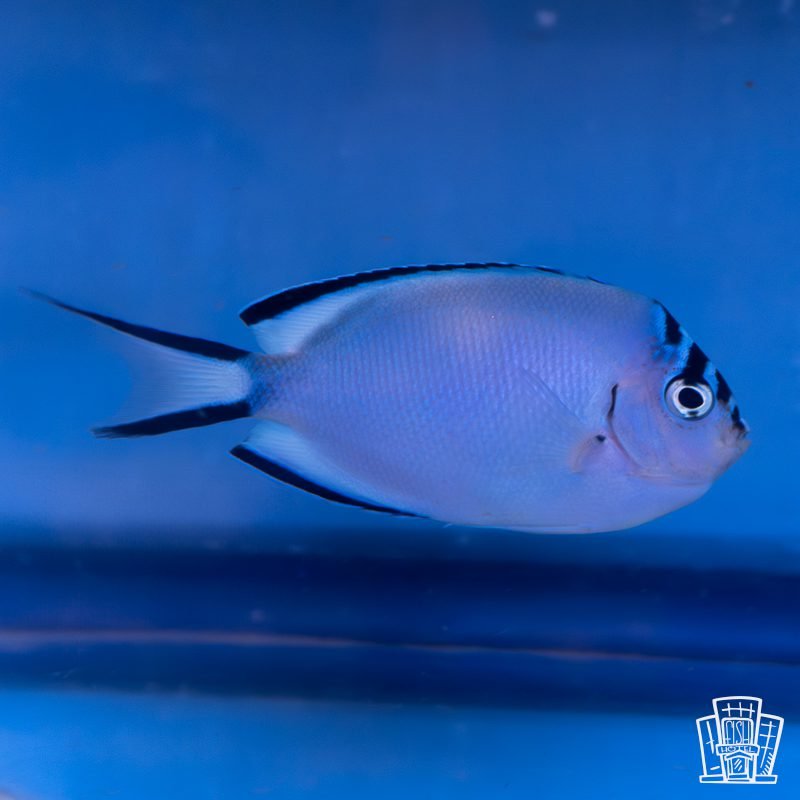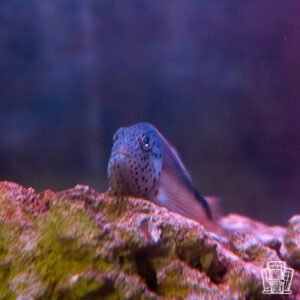Description
Scientific Name: Genicanthus watanabei
Common Names: Watanabei Angelfish, Watanabe’s Angelfish, Blackedged Angelfish
Maximum Length: 6 inches (15 cm)
Minimum Aquarium Size: 75 gallons (284 liters)
Foods and Feeding Habits: Omnivorous; feeds on zooplankton, algae, and small crustaceans in the wild. In aquariums, offer a varied diet of frozen mysis shrimp, spirulina-enriched brine shrimp, marine flakes, or algae-based pellets. Feed 2-3 times daily in small amounts to support its active swimming.
Reef Safety: Reef-safe; one of the few angelfish that poses no threat to corals or most invertebrates. Safe with ornamental shrimp and clams, making it ideal for reef tanks.
Temperament: Peaceful; gets along well with most community fish and is less territorial than other angelfish. Thrives in pairs or small groups (one male with females) in larger tanks, enhancing its natural schooling behavior. Avoid housing with aggressive species.
Description: The Genicanthus watanabei is a top choice for hobbyists who want elegance and harmony in their reef tanks. Its sleek body, adorned with soft blue hues and bold black vertical stripes, creates a graceful presence as it glides through open water. Aquarists value its calm demeanor and active swimming, which bring a serene yet lively energy to the aquarium. A 75-gallon tank with ample swimming space and rockwork suits its needs, while a diverse diet of meaty and algae-based foods keeps its colors vibrant. Unlike many angelfish, it’s a true reef-safe gem, making it a favorite for those building vibrant coral setups. Its ability to coexist peacefully with a variety of tankmates adds to its appeal, offering hobbyists a stunning fish that’s as easy to care for as it is beautiful.
Fun Facts
- Male Watanabei Angelfish sport bolder black stripes and brighter colors than females, adding visual contrast in groups.
- This species is often seen swimming in open water rather than hiding, a rare trait among angelfish.
- In the wild, they form small harems, with one male leading several females in synchronized dances across reefs.





